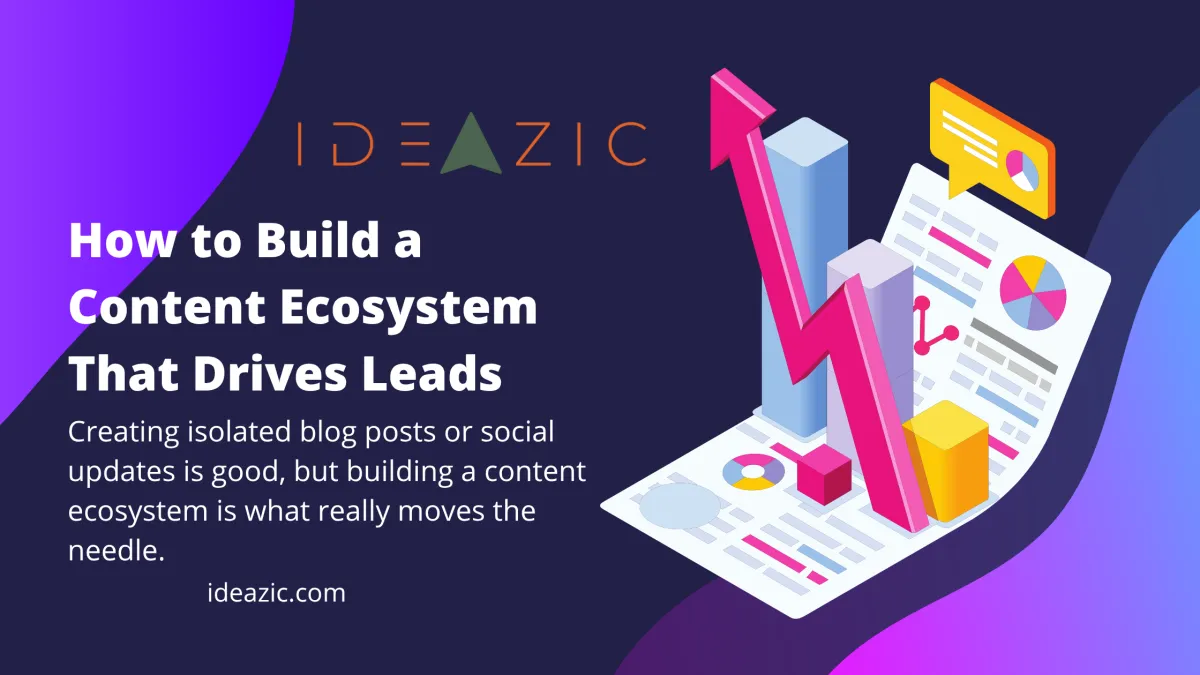
How to Build a Content Ecosystem That Drives Leads
How to Build a Content Ecosystem That Drives Leads
Introduction
Creating isolated blog posts or social updates is good but building a content ecosystem is what really moves the needle.
An ecosystem means your content works together: blog → email → premium offers → social → community.
When pieces connect, each one strengthens the others, and you turn passive readers into active clients.

What a Content Ecosystem Is
A content ecosystem is an interconnected system of content channels, types, and formats that guide someone from discovery to engagement to purchase.
It’s not just loose content it’s a map of how content flows and supports business goals.
Why Ecosystems Outperform Random Content
You maximize reach: different people prefer different formats (video, text, audio).
You reinforce messages: multiple exposures across channels help ideas stick.
You create paths: readers can follow a journey instead of bouncing off.
You use content assets better: repurpose and interlink pieces to extend life and impact.
How to Build Your Own Content Ecosystem
Start with core “pillar content” a deep, valuable blog or guide.
Create derivative pieces: social posts, short videos, infographics, emails, checklists from that pillar.
Link everything: link back to pillar articles, related posts, lead magnets.
Use content to feed your funnel: a blog leads to a lead magnet, lead magnet invites to webinar or product.
Measure flow: track which pieces lead people deeper (clicks, time on page, conversions).
Iterate: watch which formats or topics do well and double down.
Content Types You Can Use
Long form blog or guide
Short social posts
Video snippets or explainer clips
Checklists, worksheets, templates
Emails (nurture sequences)
Community posts or prompts for engagement
Pitfalls to Avoid
Don’t overproduce low-quality content quality > quantity.
Don’t make the paths confusing each piece should suggest a clear next step.
Avoid siloing content if your blog posts don’t link to other content or offers, the system fails.
Don’t ignore feedback watch what content resonates and adjust.
Conclusion
A content ecosystem turns your content from random drops into a systematic journey.
When you design the flow intentionally, you guide leads toward actions, deepen relationships, and scale your influence.
Reflection Question
What one piece of pillar content could you create next and how could you break it into smaller parts to feed your ecosystem this month?